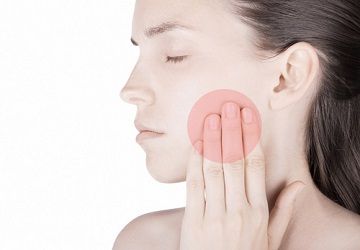TMJ Stem Cells Used to Repair Damaged Cartilage
Scientists at the Columbia College of Dental Medicine have completed research identifying stem cells in the temporomandibular joint (TMJ) that, when transplanted into a mouse, spontaneously grew cartilage and bone.

Scientists at the Columbia College of Dental Medicine have completed research identifying stem cells in the temporomandibular joint (TMJ) that, when transplanted into a mouse, spontaneously grew cartilage and bone. The transplanted stem cells also began to form a bone marrow niche. The researchers hope that these stem cells could be used to help make new cartilage and repair damaged joints in humans.
All the stem cells in the study were harvested from inside the TMJ, the joint that moves the jaw bone independently of the skull. Once transplanted into a mouse, only one stem cell was needed to start forming new bone and cartilage. Since scientists have been working for years to try to regenerate cartilage using stem cells, this discovery is particularly important for the world of healthcare.
The lead author of the study, Mildred C. Embree, DMD, PhD explained that “this is very exciting for the field because patients who have problems with their jaws and TMJs are very limited in terms of clinical treatments available.” Since the transplantation of stem cells always carries the risk of rejection by the body, researchers are hopeful that this new finding will allow patients to use stem cells from their own bodies to aid in their restorative process.
Along with their findings on the stem cells, the scientists were also able to identify a molecular signal, Wnt, that causes the depletion of fibrocartilage stem cells. The research team was able to stimulate cartilage growth and promote healing of the joint by injecting a Wnt-blocking solution directly into degenerated TMJs in animals. The team is now searching for similar drugs that could be injected into the joint with minimal to no side effects.
In the United States, up to 10 million people, mostly women, have TMJ disorders. The only options for treatment currently include surgery or palliative care. While both options address the symptoms of the disorders, neither choice can ever regenerate damaged tissue within TMJs. With this new research, it’s hoped that stem cells already within the joint could be used to repair it. Further, the research team is hopeful that, in the future, the research they’ve completed here could be used to help repair fibrocartilage in other joints, like knees and vertebral discs.